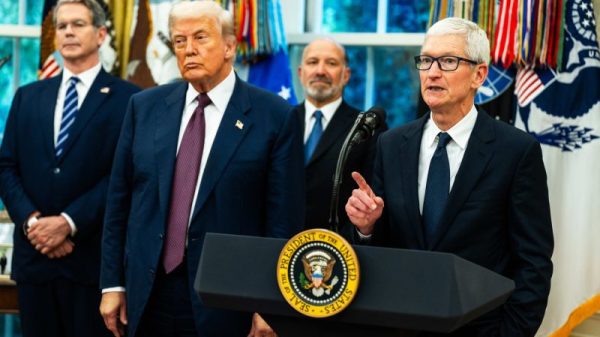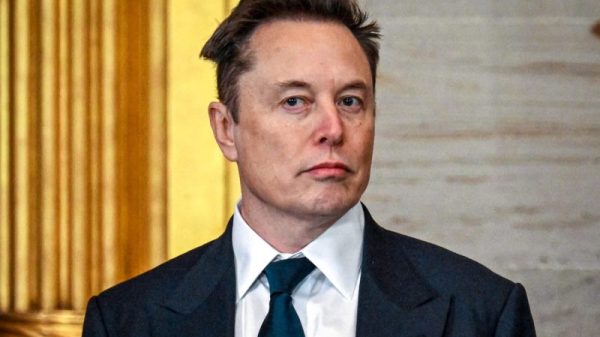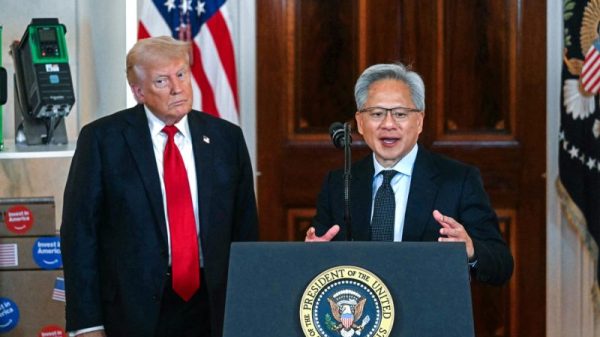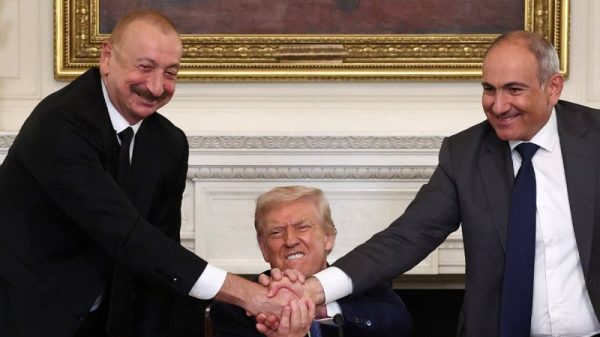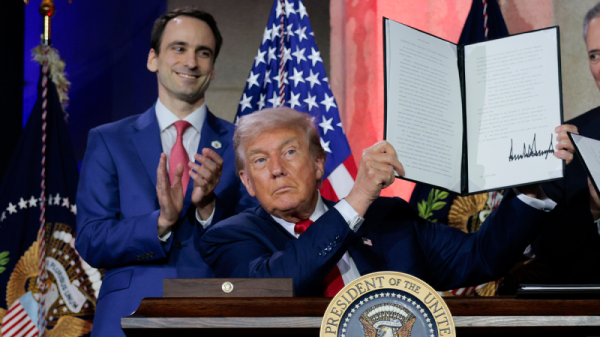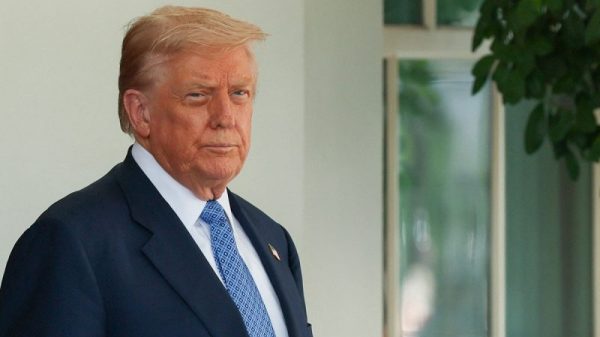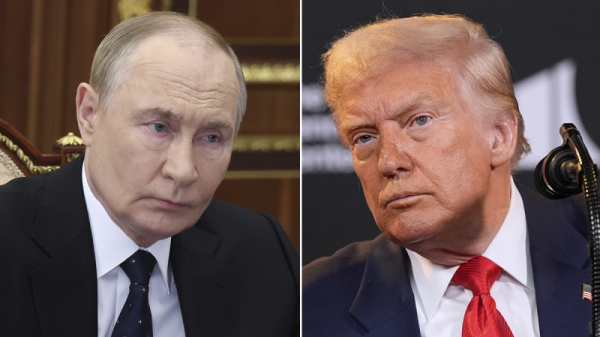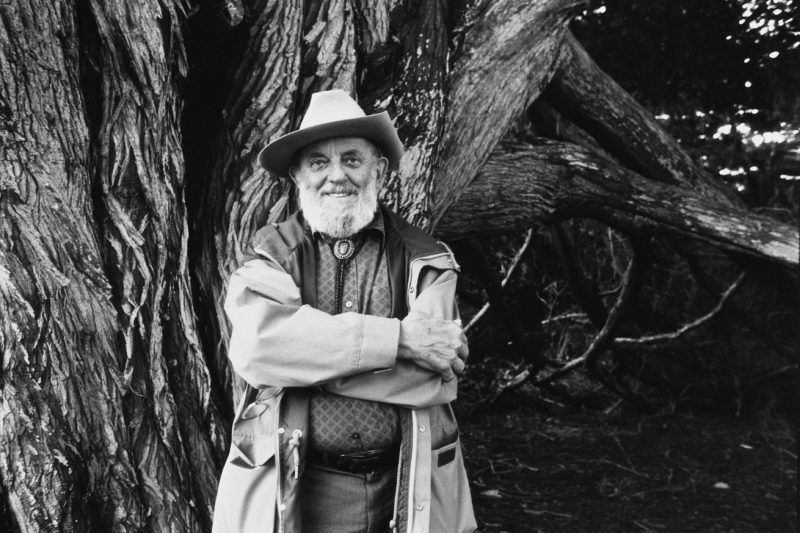In a world where digital manipulation and artificial intelligence are becoming increasingly sophisticated, the line between authenticity and artificiality can get blurred. A recent incident involving Adobe has brought this issue to the forefront, as the software giant was scolded for selling Ansel Adams-style images that were generated by AI.
The controversy stems from the fact that Ansel Adams was a renowned photographer known for his iconic black and white landscape photographs. His work is highly regarded for its artistic integrity and unique vision. However, Adobe came under fire when it was discovered that they were selling AI-generated images that closely mimicked Adams’ distinctive style.
This incident raises important questions about the ethics of using AI to replicate the work of established artists. While AI technology has the capacity to create stunning and realistic images, does it go against the principles of artistic originality and creativity? Many argue that the use of AI to replicate a specific artist’s style diminishes the value of their work and can be seen as a form of plagiarism.
Furthermore, the commodification of AI-generated art raises concerns about the commercialization of creativity. By selling these Ansel Adams-style images, Adobe is profiting off the work of a legendary artist without his consent. This raises questions about intellectual property rights and the boundaries of artistic expression in the digital age.
On the other hand, some argue that AI can be a valuable tool for artists to explore new styles and techniques. By using AI algorithms to generate images in the style of famous artists, creators can expand their creative horizons and experiment with different aesthetics. This can lead to innovative and unique works of art that push the boundaries of traditional artistic practices.
Ultimately, the controversy surrounding Adobe’s sale of AI-generated Ansel Adams-style images highlights the complex relationship between technology, creativity, and ethics. As AI continues to advance and reshape the artistic landscape, it is essential for creators, consumers, and tech companies to engage in thoughtful discussions about the implications of using AI in art and the importance of respecting artistic integrity and originality.







